Varicose Veins Treatment by Dr. Omar Hamdallah in Jordan
Permanent Relief from Varicose Veins: Safe, State-of-the-Art Procedures by Dr. Omar Hamdallah
What Are Varicose Veins?
Varicose veins are enlarged, twisted veins commonly appearing in the legs due to weakened or damaged vein valves. This condition can lead to discomfort, pain, and aesthetic concerns.
Common Symptoms
Bulging, rope-like veins visible under the skin
Leg heaviness or aching, especially at the end of the day
Swelling around the ankles and calves
Skin discoloration or itching over the affected area
Night cramps or restless legs
Treatment Options for Varicose Veins in Jordan
Treatment Options for Varicose Veins in Jordan
We offer a comprehensive range of treatments, both non-surgical and surgical, based on the severity of the condition:
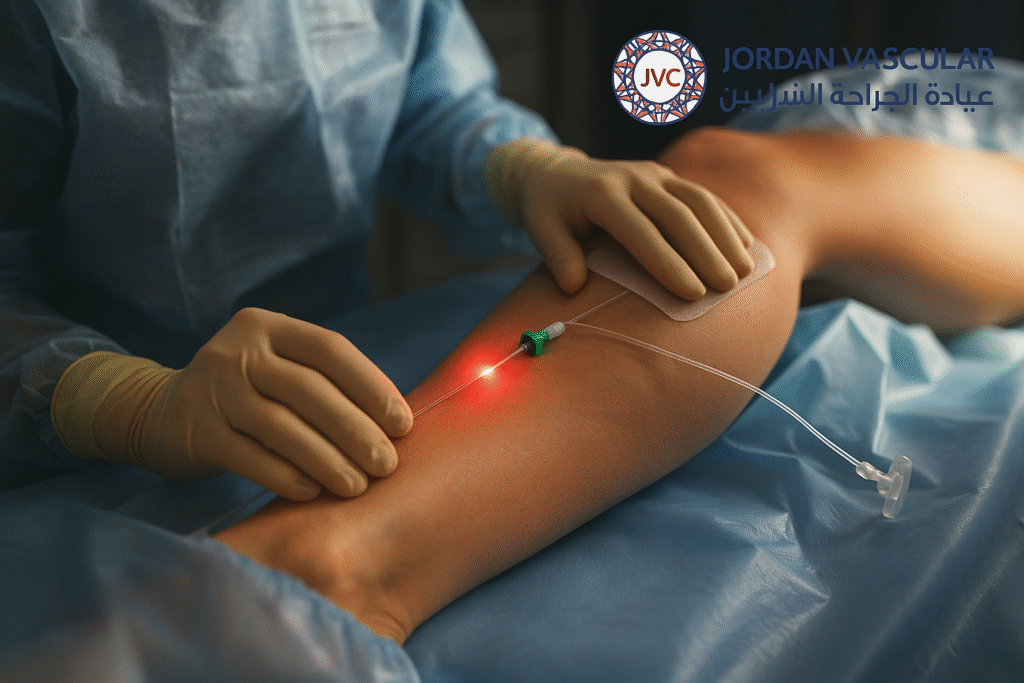
Endovenous Laser Therapy
A minimally invasive procedure where laser energy is used to heat and close off the affected vein. Performed under local anesthesia, it requires no surgical incisions and offers a quick recovery time.
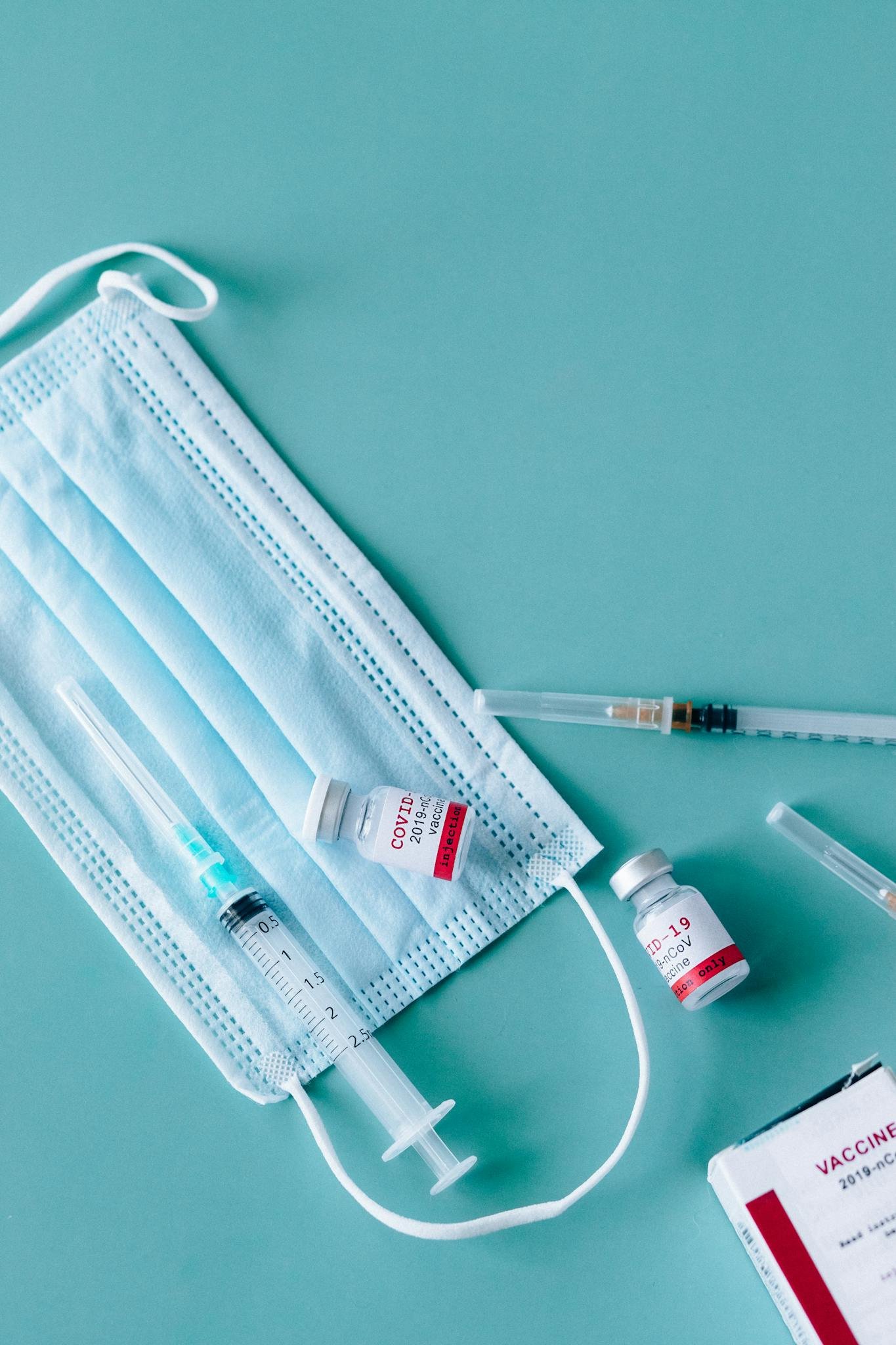
Radiofrequency Ablation (RFA)
Like EVLT, RFA uses radiofrequency energy to heat and seal the problematic vein. It effectively treats deeper or longer varicose veins and is performed under local anesthesia.

VenaSeal Closure System
This modern, non-thermal treatment uses a medical adhesive to close the diseased vein. Post-treatment, this procedure doesn’t require tumescent anesthesia or compression stockings, allowing for immediate return to daily activities.
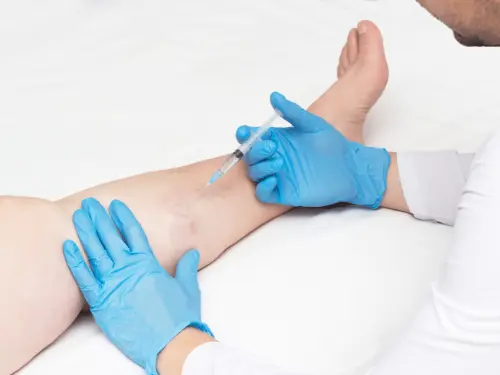
Sclerotherapy
This method involves injecting a solution directly into the vein, causing it to collapse and fade over time. It is ideal for smaller varicose veins and spider veins.
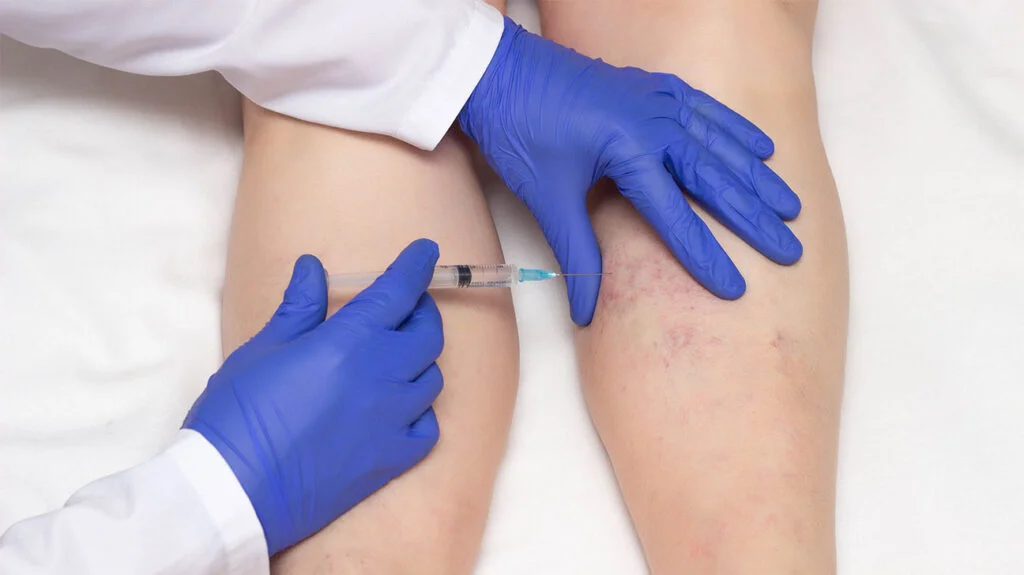
Foam Sclerotherapy
An advanced form of sclerotherapy where a foam solution is used to treat larger veins. The foam displaces blood within the vein, allowing for better contact with the vein wall and improved efficacy.
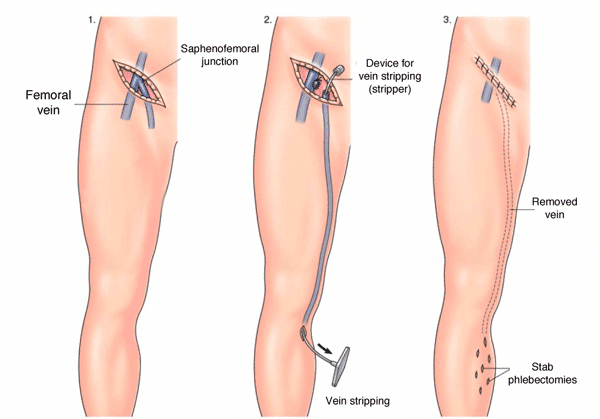
Surgical Treatments
For severe cases, surgical options like vein stripping or ambulatory phlebectomy may be recommended. These procedures involve removing or tying off the affected veins through small incisions.
![Dr Omar Hamdallah الدكتور عمر نادر يونس حمدالله [Dictation ended]](https://jordanvascular.com/wp-content/uploads/2025/10/cropped-Untitled-1.png)